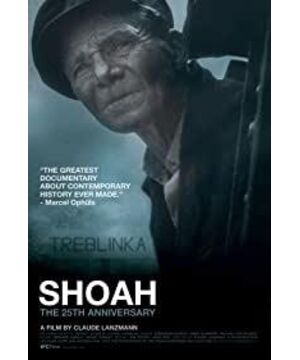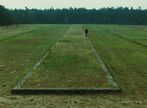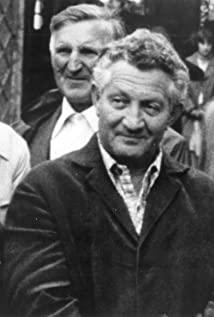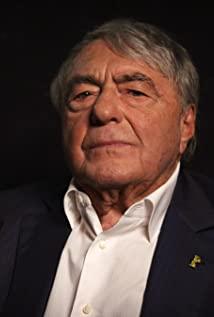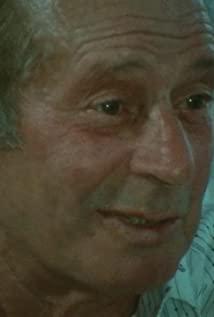350 hours of video material, after 11 years of production. During the 9 hours of the feature film (the top ten longest movies in history), French director Claude Lanzmann tried to restore several aspects of the Holocaust through interviews with people and shooting at the site (no historical images were used): Deportation to the middle of being killed by poison gas; the operation of the extermination camp; an attempted uprising; Polish peasants' views on Jews and the Holocaust (an allusion to anti-Semitism in Poland at the time, so this film was controversial in Poland); Warsaw Jews The situation of the district, etc. It's not a clear logic, it's not fair and objective, it's far from a complete system, and even the methods are not open and upright (I said it was not a good video, but it was still secretly recorded, and it was found that I was almost beaten once). But the director’s intention is obvious: he wants to use the cross-forensics of the parties (the interviewed are survivors, scholars, witnesses, participants, and perpetrators) to reproduce as concretely as possible the fact that as an ordinary European Jew in 1943 What will go through. It is those details that make people think about it, and the outlines are already scary. Probably this is the most important reason why this film has been rated as the best documentary in history (one of) many times and has received 100% praise on Rotten Tomatoes.
Some nouns involved in the film:
The Holocaust or the Shoah (the latter is the title of the film): The genocide of nearly 6 million Jews by Nazi Germany and its partner countries during World War II.
Final Solution: The official code name of Nazi Germany's systematic genocide plan for European Jews. Since the Madagascar plan (deporting Jews to Madagascar) proposed in 1940 could not be implemented, the Wanhu Conference held in January 1942 formally established the Holocaust plan. The Nazi SS Major Adolf Eichmann is the main person in charge.
Extermination camps: The infrastructure built by Nazi Germany to carry out industrial-scale massacres. Extermination camps are different from ordinary concentration camps. The latter are mainly used for imprisonment and labor, while the former are used for mass killing (Jews). Most of the people brought to the extermination camp will not live past twenty-four hours. Toxic gas is the most important means of killing. The dead are generally cremated collectively or buried in mass graves. The Nazis set up 6 extermination camps, all located in Poland. They are: Auschwitz II (also known as Birkenau), Treblinka, Chemno, Belsec, Sobibor, and Ma Idanek. Among them, the first three are mainly presented and told in this film.
Gas chamber and gas van: Carbon monoxide "euthanasia" was first used in the T4 operation of the Nazi eugenics policy, targeting mental patients. Because of its relative cheapness and non-bloody, the gas chamber became the standard equipment of all extermination camps after 1941. Among them, the Auschwitz concentration and extermination camp used Zyklon B based on cyanide. The gas vehicle is a truck converted into a mobile gas chamber, which can directly use car exhaust gas as a gas, and kill people while driving.
Task Force (Sonderkommandos): A helper selected from the Jewish death row in the extermination camp. Their main task is to deal with dead bodies, but they also do various other chores (such as the haircuts that appear in this film). If they don't want to do it, they will be killed immediately. In fact, even if they work hard, they will be killed regularly. So they only died a few months later than other Jews, but it was also because of the survival period of these months that they became the only Jews who might survive the extermination camp (for example, by fleeing or rebelling). Because of the nature of their work, their image is not always glorious; but they provide first-hand evidence for the atrocities of the Nazis. This film interviewed several famous survivors and tried to dig into their hearts.
Ghetto (Nazi ghettos): In the early days of World War II, Nazi Germany successively sent European Jews to some large cities in the occupied areas for isolation control. Control areas are usually fully enclosed, with extremely high population density, extremely poor living conditions, and infectious diseases raging corpses everywhere. After 1942, the surviving Jews in the district were sent to concentration camps one after another.
View more about Shoah reviews


